Olga Gonzales (nee Garcia)
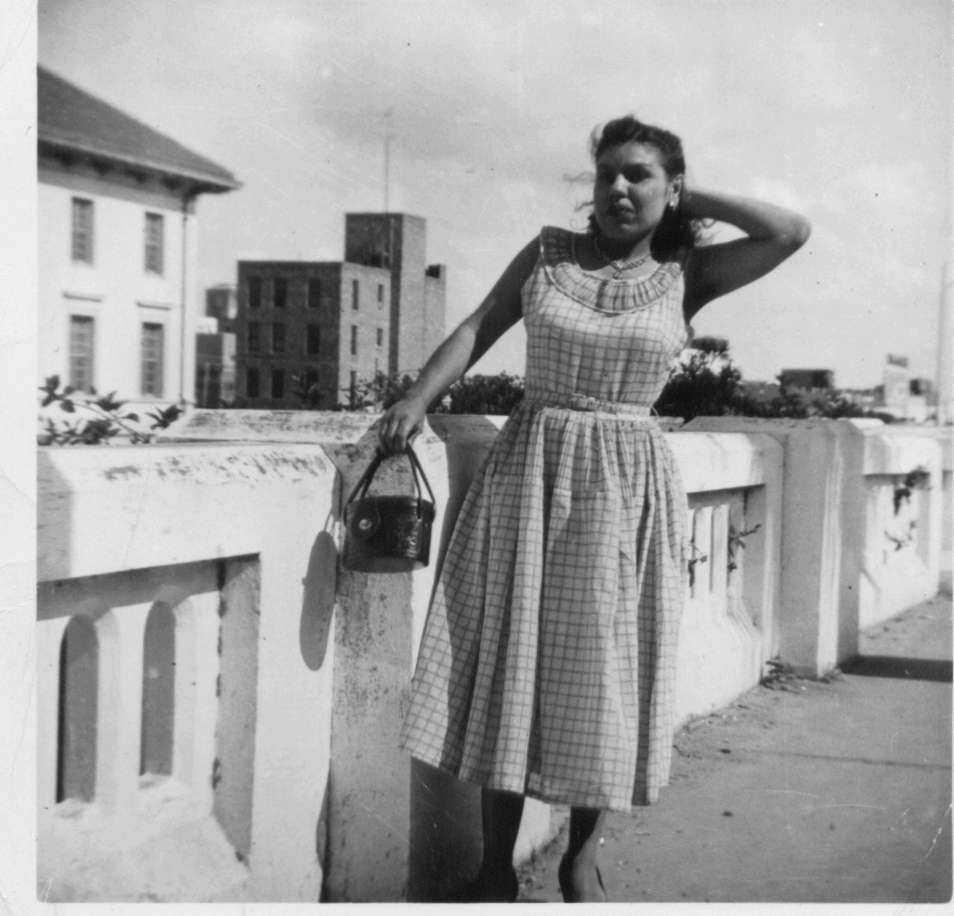

Was there any discrimination when you were in school or at work?
When we were going to school there was an Anglo girl Genevieve and her parents were German. She didn't like for Mexicans to sit next to her. We had to sit at these little tables with desks and they had compartments. She would make faces at you, her brother was the same way, but later he changed and was friends with Tio Julio. Later, on in the school years we couldn't speak spanish at school. I can remember one time when I got on the bus it was full, but there was one empty seat in the back and a black man was sitting next to it. I went and sat down and it got quite and everyone kept starring and looking around. I didn't care. It was a seat and I wanted to sit down. Why should I be standing?
What else do you remember about school?
The school would give us a paper and tell us to write about your family, but my mom would say no- they don't need to know.
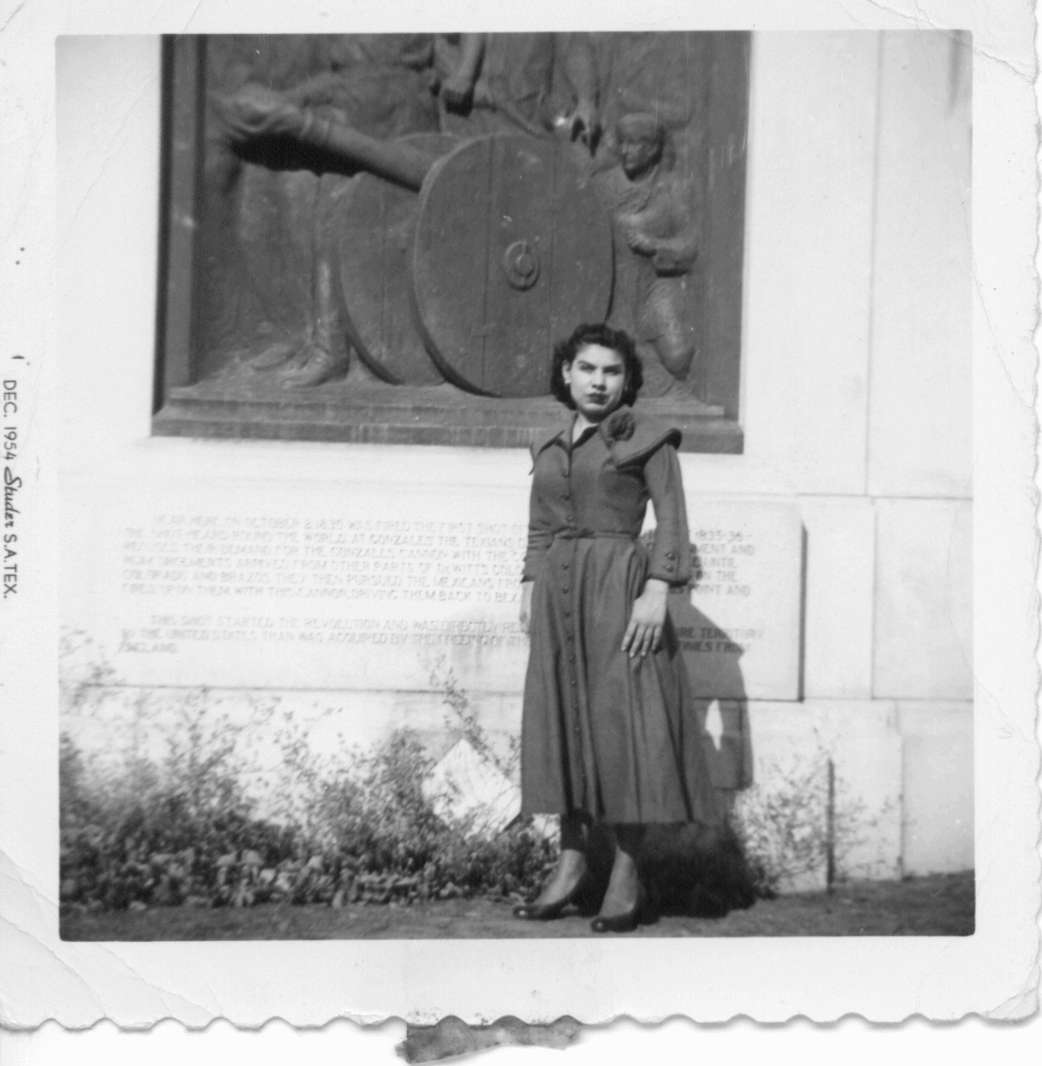

What inspiration or encouragement do you remember growing up?
There was not too much words of encouragement since my mom was always working. If we ever did something she thought wasn't right my mom would call us stupid, but in Spanish. The only one that tried was Tia Maria, she was the one that took us to get our shots and put us in school.
Did you go to a doctor or what kind of home remedies did you use?
We hardly ever got sick, but if we were sick my mother would say, get Vicks or if we had a cough my mom used to say get a spoon full of sugar and a drop of kerosene .
Did you pass on that same encouragement?
I don't know? I guess I tried to make sure you had everything you needed for school, your clothes and everything.
Did your parents provide well for you?
With only one parent it was very difficult. When my dad was working at the meat market he got double pneumonia and only lived for 2-3 weeks after that. I was about 2 and 1/2 when he died. I was the youngest at that time. My mom was pregnant with her tenth-I think my dad died in November.
Was there ever a time you didn't have running water?
When I was about 10 we had to buy water from the neighbors. Where we moved they had to pay to have it connected and only certain people had running water. The ones that had the money put it on right away. We paid the neighbors 75 cents. It costed them about 3.00 a month. My sister and I had to get tubs of water to wash or bathe. We had a separate one kept in the kitchen for drinking. It might have taken us almost a year to get running water of our own. When we washed our clothes we boiled hot water for white clothes with a little Clorox. We used a washboard. After I got married I used a ringer type washer. They had rollers.
What about an outhouse?
When I was about 6 years old we lived in a house with outhouses. The men used one and the women used another.
What about a telephone or electricity?
We never had a telephone or even electricity. We used kerosene lamps and Tio Julio bought a radio that used batteries.
What kind of games did you get to play when you were a child?
123 red light, mothers may I, baseball, and jacks.
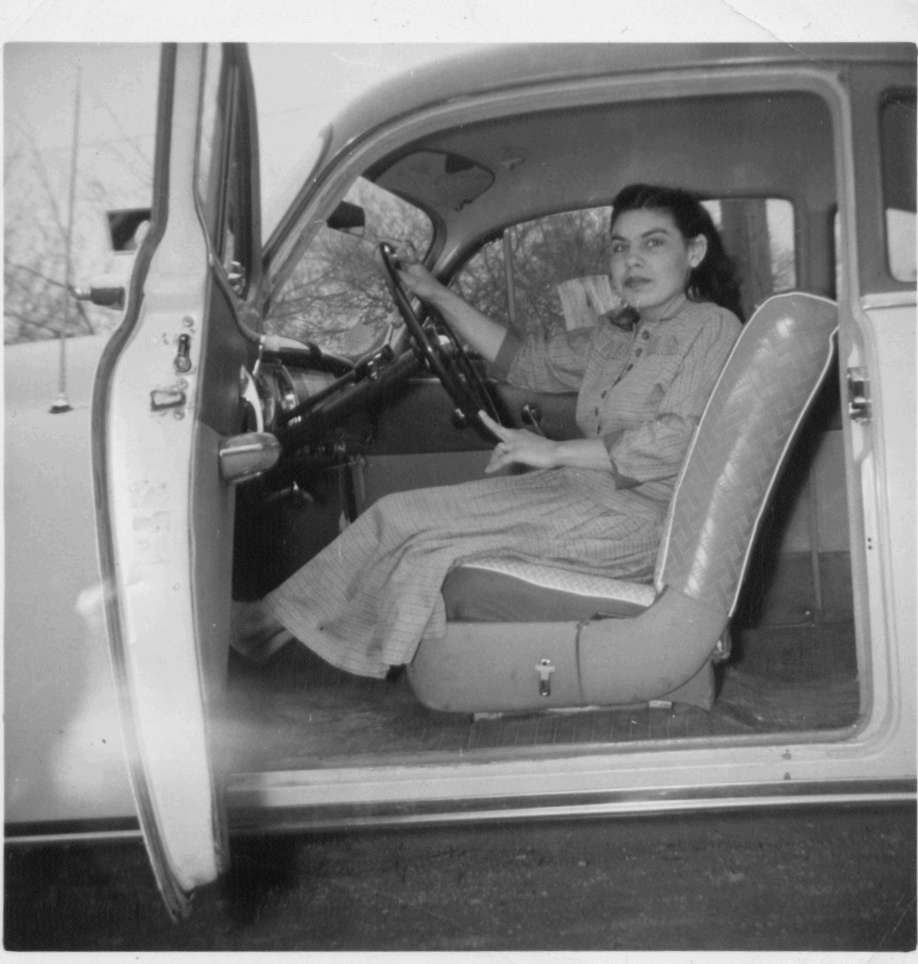
Did you ever get to do or buy anything special?
We lived near some railroad tracks and the Southern Pacific had black cars with soldiers in them. They would throw us money when they went by. One time the train stopped and they asked for tortillas and Tia Maria took them some with beans or something. I don't remember how much they gave us. They would give us cookies and fruit. That was the only time we had money for fritos and soda.
What was your mode of transportation?
We used buses.
When did you have your own first mode of transportation and what were you doing sitting in a 1952 Chevy?
It wasn't until I got married. When I was sitting in the car Tia (husbands sister) took a picture of me. I always wanted to learn to drive, but never did. I guess it was just wishful thinking.
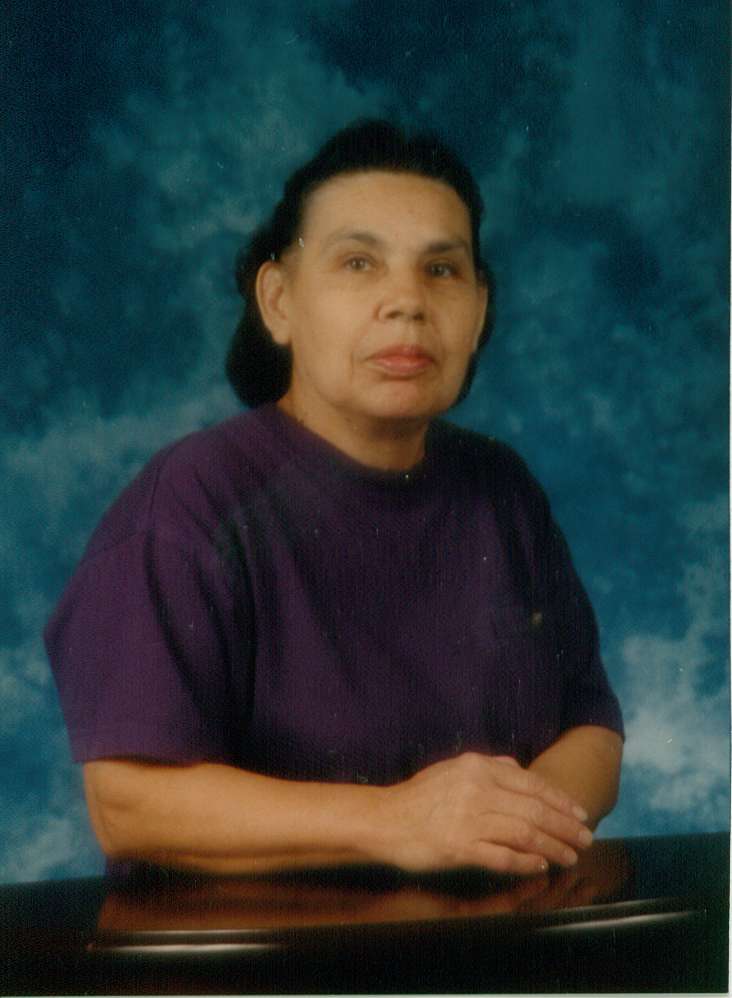
How did you feel to be working outside of the home after all these years since you were married?
It felt good. It was something different. It kept me busy and learning at the same time.
Theres a first time for everything. Who was your first crush or boyfriend?
There was this guy who lived by my house he seemed nice. His name was Joe. He would get us milk and ice for our icebox. We had to boil the milk first.
Do you remember the first time you voted and who did you vote for?
I was 22 in 1956 when I voted for the first time. I voted Democrat for Adlai Stevenson and Estes Kefauver.
What Presidential candidates were running?
Adlai Stevenson and Estes Kefauver ran against President Eisenhower and Nixon.

After getting married did you rent or buy your home?
We were renting and after about a year we bought our first and last home. They had just put a new fence around it.
How much did it cost?
It costed $8000.00 plus $300.00 for the fence. Our monthly payment was about $55.00.
What are some advantages women have today that they didn't have when you were growing up?
Now, women are more liberated and able to work as police officers, or whatever they want to and they are financially better off.
Is there anything else you would like to add to this interview?
Life wasn't to different after I got married. It wasn't what I thought. The work load changed. I had to do more, but it wasn't heavy or difficult for me. The world is still a good place. I didn't have any complaints. Whatever I had to do I did. When I was young I didn't become bitter because of life's trials. We didn't know any different. It(life) was normal. Once our dad past away we went down. I don't remember to much because I was little, my sisters would know the difference between being well off and not having.
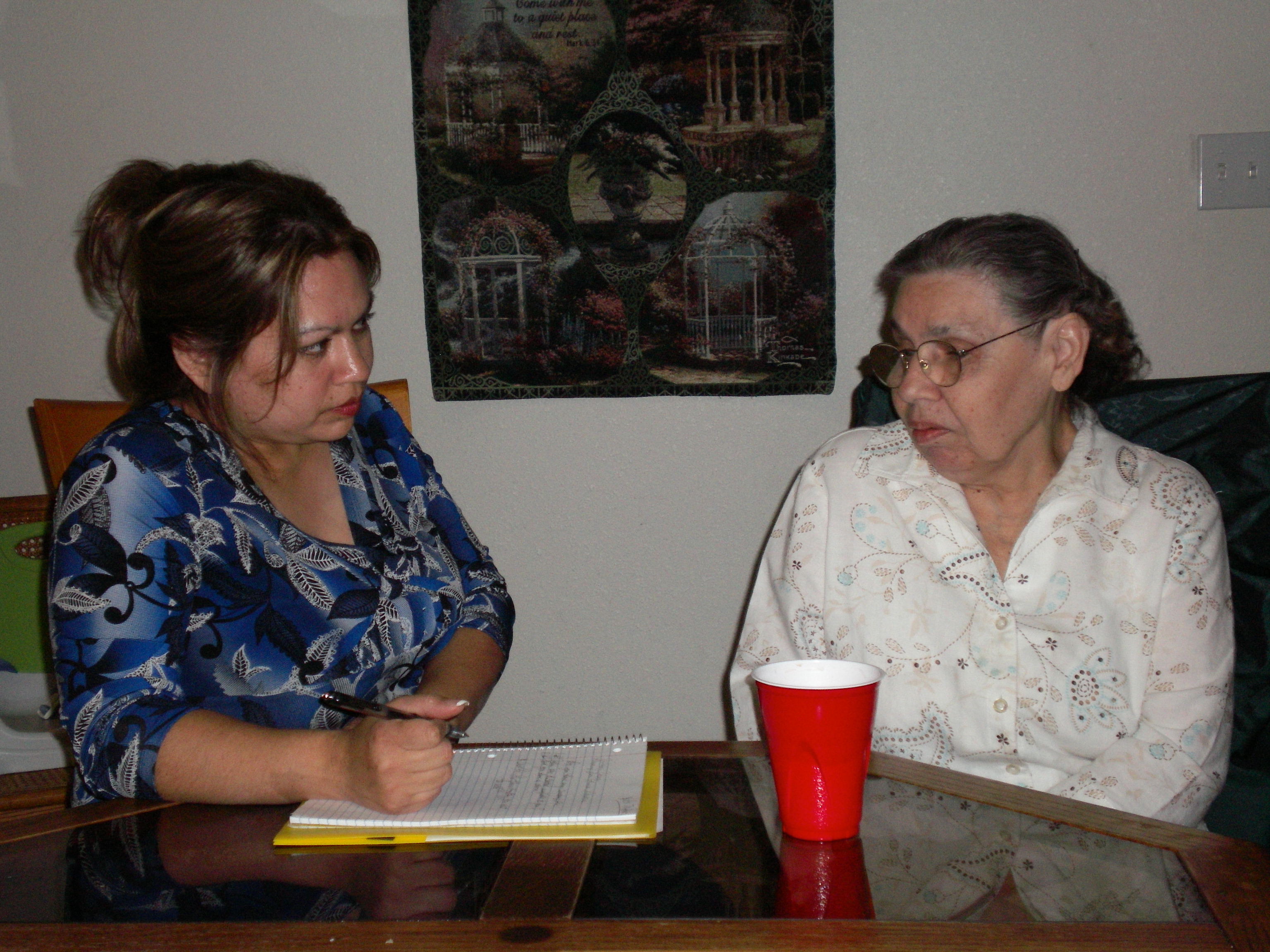
Washboard This web-site and the picture of the wash board also show how it can be used as a musical instrument. Copyright 2007 Kazoobie, Inc.
Clorox This web-site shows the Clorox story. Copyright 2008 The Clorox Company.
Kerosene This site explains what kerosene is and how it differs from other fuels. Copyright 2008 HowStuffWorks, Inc.
$8000.00 The Cost-of-Living Calculator uses the Consumer Price Index to do the conversions between 1913 and the present. The source for the data is the Bureau of Labor Statistics. The Consumer Price Index reflects the cost of items relative to a specific year. The American Institute for Economic Research. P.O. Box 1000. Great Barrington, Massachusetts. 01230.
President Eisenhower and Nixon This web-site give information from the first President to our current President. copyright 2007
Estes Kefauver This web-site explains some of the history on democratic nominee. Copyright 2002 The University of Tennessee Press, Knoxville.
Adlai E. Stevenson This web-site gives the bibliography of Adlai E. Stevenson. Copyright 2005 Princeton University Library.
Small Town Texas Projects. Palo Alto College student Roger Mendiola project on the town of Gonzales, Texas. This Small Town Project was completed in the fall semester of 2006 as a requirement for Assistant Professor of Robert Hines's History 1302 class.
Picture of Democratic Presidential Canidates provided by Board of Regents of the University of Wisconsin System, Copyright 2007. http://us.history.wisc.edu/hist102/photos/assets/photos/1094.jpg
Photographs and/or documents on this website were provided by Olga G. Gonzales . The last picture of the interviewer and the interview was taken by Pauline Ramirez sister of interviewer.